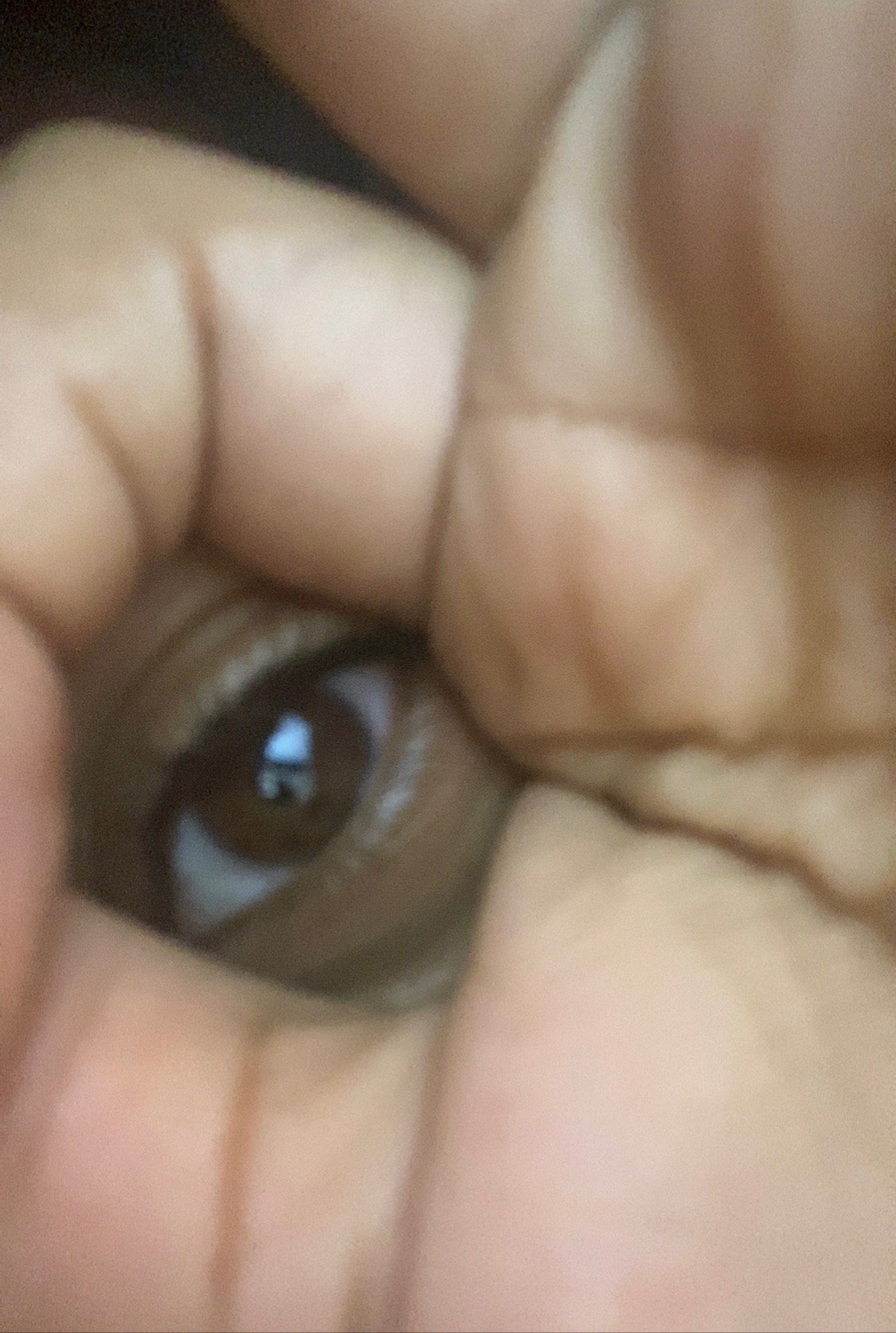Devin T. Mays
An Offering of Things
November 6 - December 18
An Offering of Things
November 6 - December 18

There are objects, as is the case with the objects affiliated with Devin T. Mays, that come to being with presence that insists on incompleteness. With no origin and no end, the objects—Light, Weight, Plastic, Bench—keep reappearing in different constellations. At times, their form morphs, at times they cease. And yet, regardless of the seriality of presence(s), they do not accumulate “about”; contumacious, they have no subject. Objects without a subject, they are unruly. Subjectless, they escape their condition of subjugation; they are not owned (do not confuse the artist’s name with the property of ownership). —present, contumacious, they are also, already, in the midst of a flight. Retreating from the white cubes to the wrecked landscapes of bygone cities, they are drifts in (un)becoming.
This may sound quite esoteric, and indeed it is. Even so, I intend to write as plainly as possible, not about, but alongside Mays’s objects as they come to presence and as they recede.
Mays names what then becomes Art. He names Weight. He names Light. He names Plastic. Importantly, what he names as Light, and Weight, and Plastic, is that very thing. With naming, Mays transports that thing in language from its common place—it being a common noun—into a singular space; it becomes a proper noun and as such, it is unique. The linguistic transition from the common to the singular is accompanied with a material transport. Naming it, Mays transports the thing from there to here. Often this entails the transportation to the studio and then to the exhibition’s space, though at times, the transportation will be to the outdoors, and at other times it may entail the conveyance from there to there; Weight is also at 73rd and Woodlawn.
The double process of naming and transportation opens space and gaps in the objects’ episteme. Shimmering the mundane that is the sacred, the objects break off their previously assigned meaning and depart from the value system which encircled them. Occupying the double space of the common and the unique, the objects disavow the logic of capitalism. This disavowal, this bearing on negation, opens a space of singularity, which is the possibility for a different form of relations. It may be interesting to consider this process as a form of re-epistemologization, of becoming known as différance; on the inhabitation of two states that null one another and yet exist.
In conversations, Mays repeatedly strays from discussing the objects as being made. Instead, the objects are “conjured.” This is a technical definition. With being conjured up with naming, with the objects being not made, Mays performs a negational ritual to the properties of ownership, or, to put it another way, Mays performs, ritually, a refusal to property, to own and to be owned (“nothing is mine,” Mays would simply say). This performance, a ritual, is an element of—as Mays defines it—a “shamanistic practice,” which is to say, Mays practices shamanism as and in art. By extension, this practice, being shamanistic, expands to the ways in which Mays practices everything else in life. It is the conduit through which the objects are transported from the common to the singular (and to the common back). The conduit is formed with intentions that remain mostly unspoken within the discourse of contemporary art; with setting intention, with being present, while surrendering, with love. All are elements of spirit; all are based on trust (“I trust in trust”).
Mays requires trust materially, not unlike a painter who requires canvases or paper. This trust is imbued in the objects Mays conjures, and that which emanates towards the viewer, who must sense that presence to trust the object—or perhaps it is the other way around. At any rate, if one mistrusts the object’s presence, the object dissipates. Again, this is not a metaphor. Rather, it is a material and an immaterial effect of an artistic practice.
Trust is what transports the object away from its relation as a thing to be owned and traded, an actualized proposal that is nothing but a radical move on Mays’s part, specifically since it is done in the sphere of art. Radical, since it is trust that fractures the sphere of contemporary art which operates on neutralized capitalist constructs, that is, on an unquestioned, trusted set of beliefs. The material, and hence commercial sphere of contemporary art requires trust in the genius maker, unique objects, and armies of experts who decipher the works and speculate on their future value. Refusing this set of beliefs, Mays conjures presences of objects that refuse their current properties, refuse the property of property, refuse the proper.
Read the full exhibition text here. A second, expanded version of the text will be released at a later date.
Off site, Woodlawn between 73rd and 74th:
Gather, Weight
Variable material
Variable dimensions
2021-